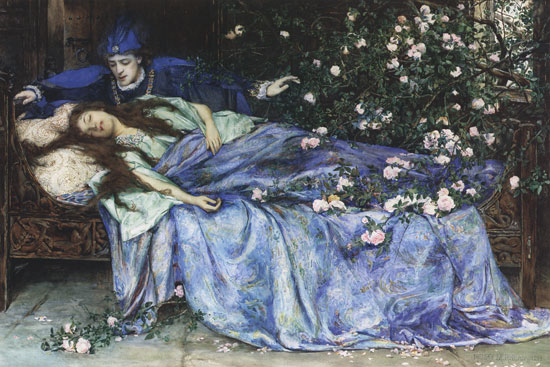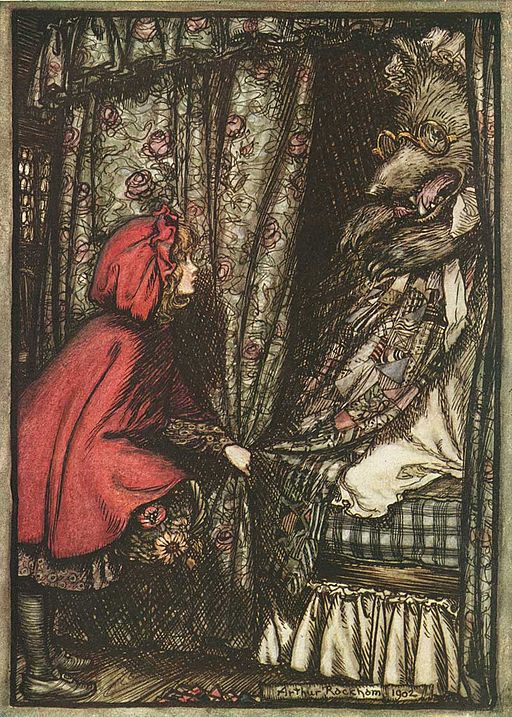Last week, the Brainery Science Fiction Fairy finished up with an analysis of the final set of portfolios (including my own). The class was a wonderful and empowering experience. Jilly Dreadful is an amazing teacher and the class was filled with great writers — Katy Stenta and Kirsten Squires. (A few other writers started out with us, but for personal reasons were unable to complete the workshop.) It was cool to see their work develop over the course of twelve weeks and I can’t wait to see where all their writing goes from here.
The weekly mash up of a fairy tale with some element of science was a fascinating exercise, which pushed the boundaries of what fairy tales can be. Although each week we worked with the same fairy tales and science, the stories that came from each writer were vastly different, some barely containing any resemblance to the original tale.
I’ve learned a lot about the craft of writing and myself as a writer from this workshop. Here are just a few of the bits and pieces that stick out most for me.

Things I learned about craft…
The Magic in the Gutter
One of the ideas Jilly presented was the idea of the Magic in the Gutter, a concept I believe she found in Understanding Comics: The Invisible Art by Scott McCloud. In comics, the gutter is the blank space between panels of art, the space between one image and the other. In that blank space, the reader uses their imagination to fill in the details themselves. This concept can also be applied to fiction writing, as she noted in response to a story I had written, which had a more fragmentary style. In order to have something to submit, I had focused in on specific detailed scenes without connecting them and I was concerned that without these connections, the reader might get lost in the story.
The concept of the Magic in the Gutter, however, trusts that the reader will fill in the details between the scenes for themselves. In many cases, its possible to get away with just leaving the gap and letting the reader make the connection — unless knowing the exact details of what happened in between is important to the story, in which case, it should probably be a scene itself.
Learning this was incredibly freeing to me, as I’ve often obsessed about trying to make my stories linear, following every step from beginning to end in order to achieve clarity. The Magic in the Gutter reveals how that clarity can still be present, even with well placed gaps in the action.
Draw from Your Passion
Sometimes, as in the case of one of my fellow workshop writers, a story has a clear core passion, a message or point of view about the world, that comes out through the story. Figuring out what that core is, what is a driving you to write the story — whether is a central relationship or a frustration regarding how society today is hyper-vigilant over parents — can help clarify the goals of the story and drive conflict.
It was one of the many moments in workshop, where I found myself immediately wanting to apply this new knowledge to other things I’ve been writing. What is the core of this story? What is the underlying passion for me that is driving me to write it? How can I draw that out in the characters and the conflict?

Things I learned about myself as a writer…
Apparently I CAN Finish a Short Story
You might not think this that big of a revelations, but it was huge for me. I’ve been a poet for a long time and am fairly comfortable with poetry as a form, but have piled up stacks of story drafts that were never completed or never edited to the point in which I felt they were good enough to submit for publication (although, I’ve “finished” and posted a number of flash fiction drafts on my blog over the years).
One of my goals in joining the Brainery Workshop was to break free of that cycle and to write and edit some stories that I could then send out for publication. I finished two stories — “How Bluebeard Ends” and “Missed Connections – Nov. 11 – Redhead at the House of Needles” — both of which have been submitted for publication. Two other stories were fully drafted and need some editing in order to get them ready for sending out. The rest of the fives stories that were drafted during workshop are not anywhere near ready, but I can see the trajectories of the plots and how to finish them and I know I can put the work in to get them done.
It feels pretty damn good.
My Super Power is Voice
A few weeks into the workshop, Jilly addressed all of the writers and shared what she felt our writing super power is with each of us. According to Jilly my power was voice, the ability to personify a character or tone in the story.
It was an interesting revelation. During the process of writing a new story draft each week, I found that if I was able to narrow in on the right voice or tone for the story, then it would flow more easily for me. But if I couldn’t figure out the tone, then the story was often more of a struggle.
Knowing this, I wonder if my struggles in continuing with my novel at the beginning of the year might have been partially been influenced by the fact that I never really felt as though I had a handle on the characters. The novel is written from two separate first person POVs and yet they sound the same to me. Maybe finding their individual voices is what I need to do in order to get back into finishing the novel.
What now…
I thrive on deadlines. Self imposed deadlines don’t always work. Far more effective are the deadlines imposed as part of a group or class, in which I ramp up my own sense of obligation to contribute. This is part of the reason why the Brainery workshop worked so well for me. And now that I know that I can write and finish short stories, I’m toying with the idea of participating in one of the novel writing workshops as a way to get back to being engaged with an even longer work. I’m a little intimidated by the idea, though, as I can foresee the level of work involved in participating. If not in the spring, then maybe in the summer or fall.
